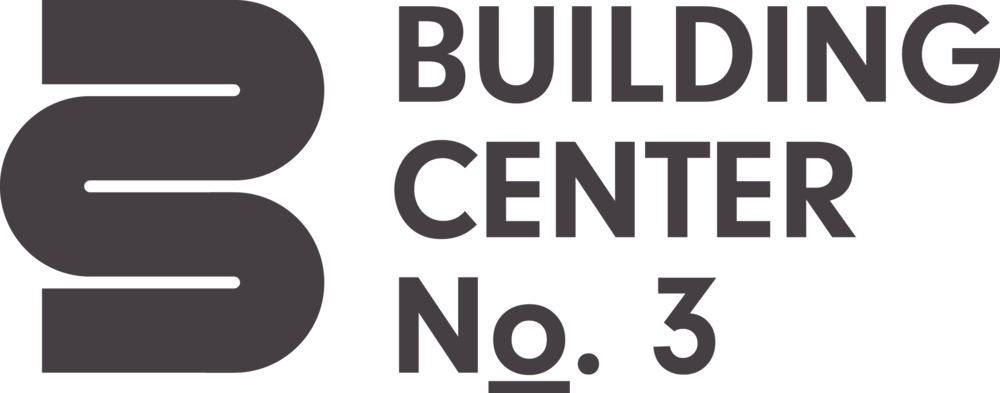What is a prototype
Fabrication Lab
Why it helps the client
How it is used in our practice and others
In our previous post we discussed what a prototype is. In this post we introduce the space where we make our prototypes. The concept of a “FabLab” emerged from MIT’s Center for Bits and Atoms. The use of the term FabLab has very specific associations with the network of organizations whose mission “… is to provide access to the tools, the knowledge and the financial means to educate, innovate and invent using technology and digital fabrication to allow anyone to make (almost) anything, and thereby creating opportunities to improve lives and livelihoods around the world. Community organizations, educational institutions and non-profit concerns are our primary beneficiaries.”
Though not a part of that foundation’s non-profit network, our office draws inspiration from the notion of being able to make (almost) anything. We have assembled the essential tools to position our office to move from simply prototyping to rapid prototyping. In industrial manufacturing the creation of a prototype might take weeks or months, depending on the purpose of the prototype (concept testing; assembly testing; functional testing; life cycle testing; regulatory testing) but in a digital fabrication lab such as ours, the goals are concept - assembly testing. Our prototypes are meant to be a “proof of concept” that will then be presented to the client for approval. Together with the client we will evaluate: aesthetics, form, scale, proportion, composition, and appropriateness. Once the prototype is approved by the client fabrication drawings will be generated in order to pass the project onto production by a suitable fabricator who will produce the object at larger volumes or to meet the performance expectations of a “finished” product. In the next post get in to the specifics of the equipment in our FabLab.
Building Center No.3: Architecture firm in Miami; interior designer in Miami; landscape design in Miami.

